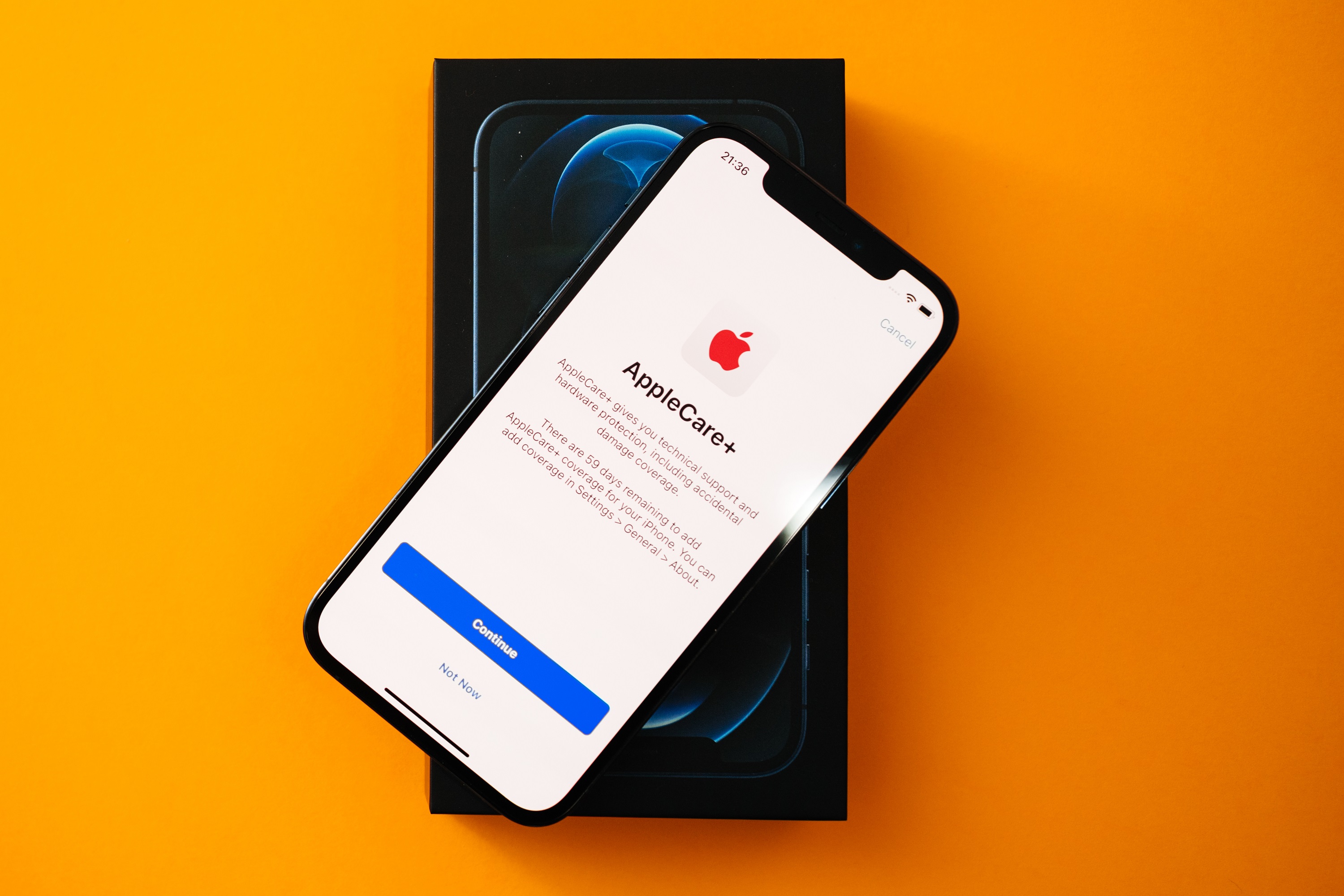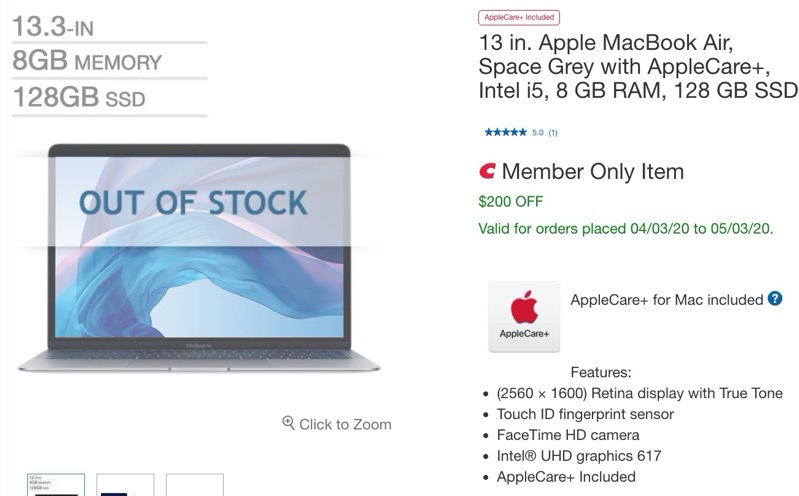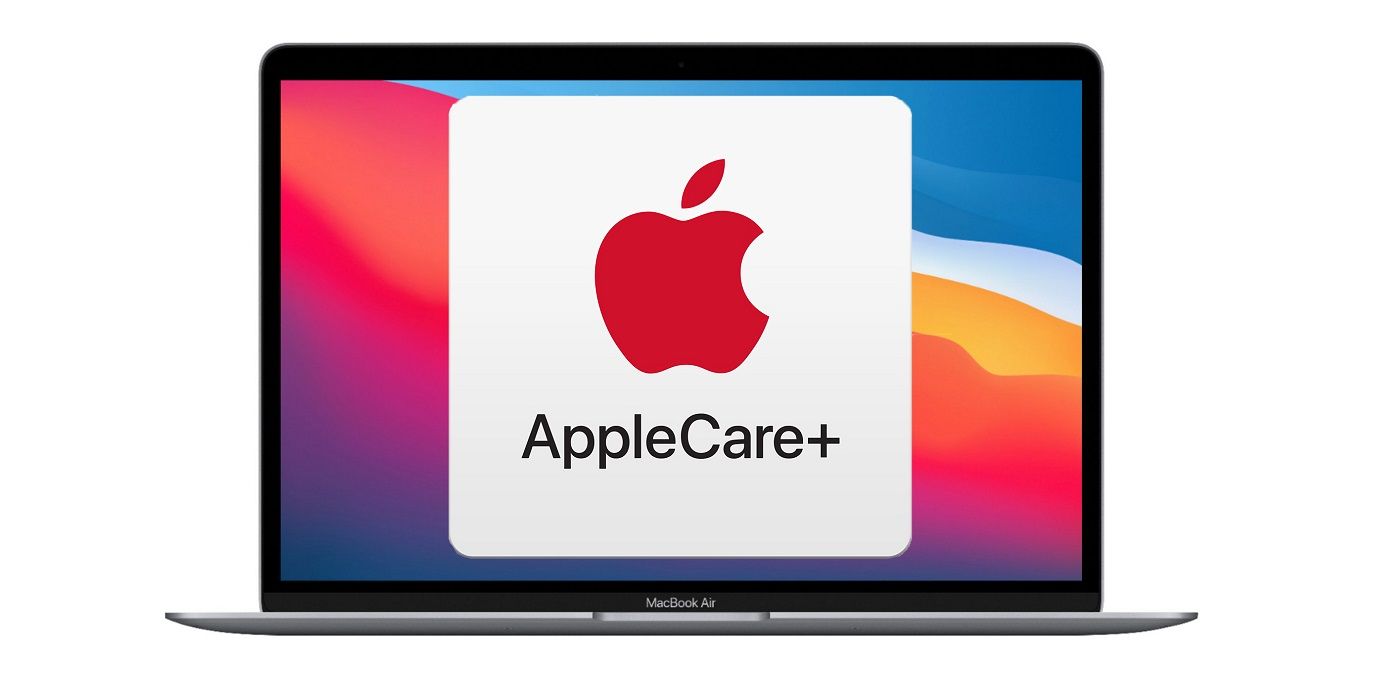

- HOW MUCH IS APPLECARE FOR MACBOOK PRO 13 RETINA PLUS
- HOW MUCH IS APPLECARE FOR MACBOOK PRO 13 RETINA FREE
However, for those who don’t fit that bill are told the fix will cost hundreds of dollars. The problem falls under AppleCare as well. Unfortunately, getting the issue fixed from an Apple Store seems to be mixed, with some owners reporting that the issue has fallen under a one-year limited warranty request, and the fix was issued without trouble. I looked it up and stumbled across this same forum and realized that it was a problem that I should take up with Apple.“ Started happening at the top of my display by the camera also. It grew in size and it looked like the coating on the bezel was coming off like everyone is saying. “Was trying to remove a mark in the corner of my screen and a shiny scratch appeared on the bezel.
HOW MUCH IS APPLECARE FOR MACBOOK PRO 13 RETINA FREE
“ I had the exact same problem, and I followed the cleaning instructions on the Apple website: a lint free cloth and a small amount of water,” writes MacRumors forum member wj2. Most of the complaints show that the wearing off happens in small areas, but there are some users that are showing how the anti-reflective coating has faded away in giant streaks and areas.

Apparently the issue is present on a range of MacBook Pros with Retina, including the mid-2012 model and even the most recent models.Īccording to the varying complaints, the anti-reflective coating is wearing off under a wide number of reasons, including being cleaned with microfiber cloths or other third-party cleaning solutions, or even just due to pressure from the trackpad and/or keyboard when the lid is closed. When it comes to the anti-reflective coating on the display of Retina MacBook Pros, some customers are starting to see some less-than-stellar results.Īccording to a report published by MacRumors, and citing a growing number of customers flocking to the Apple Support forums, the publication’s own forums and even Facebook, many customers are reporting issues with the anti-reflective display coating on their MacBook Pro with Retina display. When push comes to shove, they will run much slower than the faster rated, higher priced models.Technology can be a vicious thing sometimes, especially when something starts to fade. There is a reason the low-end model of MacBook Pro (or iMac) costs less. So when you are deciding which MacBook Pro to buy, you need to take the above demonstration into consideration. The harder and longer your MacBook Pro works on a demanding task (or multiple demanding tasks), the more likely it is to throttle down to the rated core frequency - or even LOWER if necessary. Intel's Turbo Boost Technology allows the processor cores to run faster than the rated operating frequency - UNLESS they begin to operate ABOVE the power, current, and temperature specification limits. With Turbo Boost DISabled, the 3.1GHz Core i5 model was 57% faster than the 2.3GHz Core i5. With the Turbo Boost enabled, the 3.1GHz Core i5 model was only 2% faster. We ran the test with and without Turbo Boost enabled.Īs we suspected, disabling Turbo Boost on the low-end 2.3GHz Core i5 MacBook Pro caused a huge drop in performance compared to the other two 13-inch models. This test makes use of various algorithms to stress all available processor cores (real and virtual).

Current CPU core clock frequency can be monitored (and graphed) using Intel Power Gadget.) (* Turbo Boost can be switched off with a utility called Turbo Boost Switcher.
HOW MUCH IS APPLECARE FOR MACBOOK PRO 13 RETINA PLUS
The core clock frequency is pegged during the rendering.Ģ017 3.5GHz i7 = 2017 MacBook Pro Retina 13-inch, 3.5GHz Dual-Core i7 processor (Turbo Boost 4.0GHz), Intel Iris Plus Graphics 650 GPU, 16G of 2133 MHz LPDDR3 memory, Four TB3 ports, Touch BarĢ017 3.1GHz i5 = 2017 MacBook Pro Retina 13-inch, 3.1GHz Dual-Core i5 processor (Turbo Boost 3.5GHz), Intel Iris Plus Graphics 650 GPU, 8G of 2133MHz LPDDR3 memory, Four TB3 ports, Touch BarĢ017 2.3GHz i5 = 2017 MacBook Pro Retina 13-inch, 2.3GHz Dual-Core i5 processor, (Turbo Boost 3.6GHz) Intel Iris Plus Graphics 640, 8G of 2133MHz LPDDR3 memory, Two TB3 ports, NON Touch Bar We chose Cinebench because it forces all available CPU cores to be involved in rendering the 3D model. To test this hypothesis, we ran the Cinebench MP CPU test with and without Turbo Boost enabled*. Our hypothesis is that when Turbo Boost is disabled, the performance gap will grow.

Posted September 13th, 2017 by rob-ART morgan, mad scientistĪt the end of a recent article, we mentioned that one possible reason for low level MacBook Pro nibbling at the heels of the mid level MacBook Pro was that when both are running in Turbo Boost mode, the CPU core frequency is very similar.


 0 kommentar(er)
0 kommentar(er)
